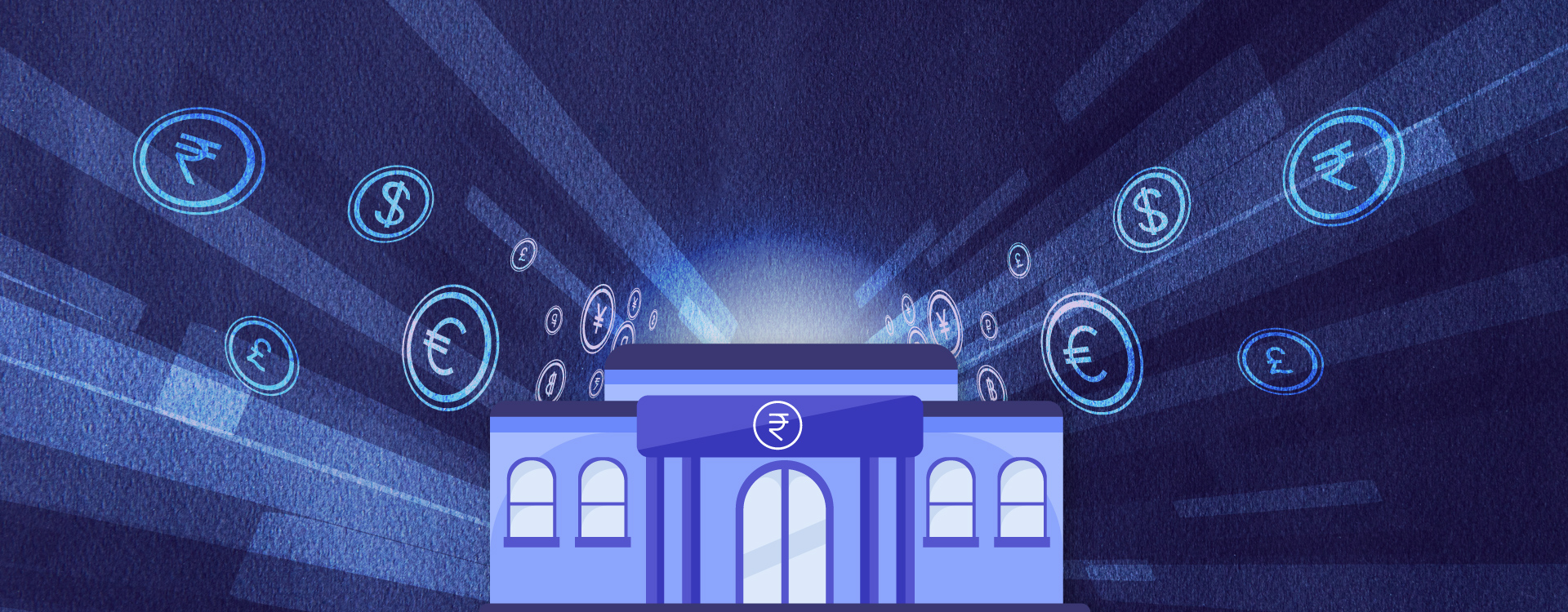Central Bank Digital Currency – CDBC – is a digital currency issued by a central bank, and it generally takes on a digital form of the nation’s existing ‘fiat’ currency. To put it simply, in India, a Central Bank Digital Currency will be the digital form of the Indian rupee, regulated by the government laws and under the respective financial regulator’s ambit.
T Rabi Shankar, Deputy Governor, Reserve Bank of India (RBI) recently delivered a speech highlighting the central bank’s perspective on a controversial yet fundamental issue: the central bank digital currency (CBDC) and the future of private cryptocurrencies.
Digital currencies are becoming more popular, and there is increasing pressure on central banks worldwide to create virtual “currencies”. With such a trend, the RBI is also ready to go down this road, but how it will make India’s CBDC remains to be seen.
What is a central bank digital currency?
A central bank digital currency is a legal tender issued in digital form by a country’s central bank. It is similar to legal tender currency but has a different (digital) structure and can be exchanged face-to-face with government-issued money. In other words, the CBDC is identical to the fiat currency; it is simply digital in form. Given the recent emphasis on the issue, it seems likely that India will soon start building its own CDBC.
When will the Indian CDBC be implemented?
The recent comments about CDBC by RBI’s top executive came after the European Central Bank stated that it would enter a 24-month “investigation phase” regarding the currency. If successful, a “digital euro” will be in place by 2025. The People’s Bank of China also said last week that trials of digital Yuan reached $5.3 billion in trading volume at the end of June.
Central banks around the world are paying more attention to digital currencies. CBDCs will be part of the arsenal of most, if not all, of the world’s central banks. As per the RBI, in India, a calibrated approach will be considered in consultation with management and stakeholders for CBDCs. For quite some time now, the central bank has been exploring the benefits and risks of issuing a CBDC. No time frame has yet been given for the implementation and launch of an Indian CBDC, but its development is undoubtedly underway.
Step-by-step implementation – what does it mean?
The RBI plans on a phased and gradual issuing of its own version of CBDC. This will be done after careful consideration of the implications for various issues, including the difficulty that will make it complex for banks to obtain deposits and the potential impact on monetary policy behaviour.
‘‘
There is a possibility that pilot tests for the CBDC can be done in wholesale and retail segments in near future as per the RBI's official stance.
The RBI is currently working towards a phased implementation strategy and examining cases which could be implemented with little or no disruption. The Indian central bank will also draw upon the lessons from other countries in various stages of introducing such a digital fiat currency.
How will this affect different sectors and industries?
With the introduction of the CBDC, there can be significant benefits such as reduced dependency on cash, slashed transaction costs and regulatory risks, and improved returns on the government currency. It will also promote more robust, efficient, reliable and more regulated fiat payment methods.
The adoption of the CBDC could also have a significant impact on the banking system. The CBDC can reduce the demand for trading bank deposits and reduce liquidity on the settlement of transactions. It could also cause a shift away from bank deposits.
What can start-up and small businesses expect from it?
By following global trends in CBDCs deployment practices, Indian start-ups can be nurtured through India’s own digital currency ecosystem. With substantial participation and exposure to modern-day digital tools, such as the CBDC, start-ups can plan wider and lay a solid foundation for their free-market businesses and financial models.
Additionally, by using central bank digital currencies, consumers can own and trade CBDCs without a bank account, thereby attracting a broader audience to start-ups for cross-industry transactions. It will provide consumers and businesses with a channel to receive and return CBDCs in exchange for cash and commercial bank funds and deliver immediate point-to-point value without clearing or settlement.
Ultimately, the CBDC is traceable and controllable in terms of issuance and ownership, providing every user and business with a healthy and legitimate financial footprint.




